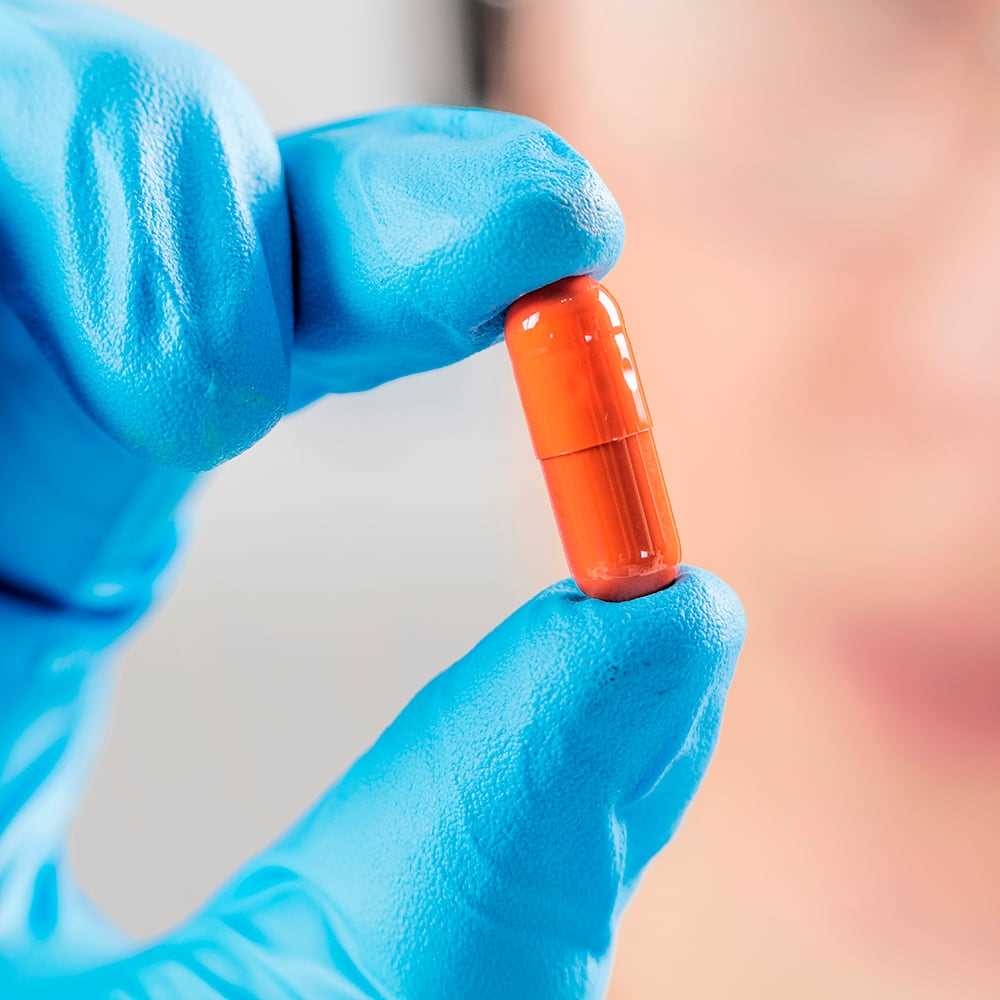In the rapidly evolving landscape of drug discovery, collaboration and alliances have become pivotal for success. Innovative tools and techniques play a crucial role in enabling these alliances by enhancing efficiency, accelerating processes, and fostering synergistic relationships among stakeholders. These advancements empower drug discovery alliances to harness collective expertise and resources, ultimately driving the development of novel therapeutics to address unmet medical needs. One of the key innovative tools shaping drug discovery alliances is artificial intelligence AI and machine learning. AI algorithms can analyze vast amounts of biological and chemical data, identifying patterns and predicting potential drug candidates with a higher probability of success. Through AI-powered drug discovery platforms, alliance members can swiftly screen compounds, design molecules, and optimize lead candidates, saving substantial time and resources in the drug development process.

Additionally, AI-driven approaches can facilitate target identification, patient stratification, and biomarker discovery, aiding in the selection of appropriate therapeutic targets and personalized medicine strategies within alliances. Another transformative tool is high-throughput screening HTS technology, which allows for the rapid testing of thousands of compounds to identify potential drug candidates. HTS systems equipped with automated robots can significantly increase the speed and efficiency of screening processes, enabling drug discovery alliances to evaluate a broad range of compounds against specific biological targets. This accelerated screening process expedites the identification of lead compounds, making drug discovery alliances more productive and proficient in their research endeavors. Furthermore, advancements in structural biology techniques, such as cryo-electron microscopy cryo-EM and X-ray crystallography, have revolutionized drug discovery alliances. These techniques provide detailed insights into the three-dimensional structures of biological molecules, aiding in the rational design of drug candidates and understanding the interactions between drugs and targets.
Drug discovery alliances can utilize this knowledge to optimize drug molecules for better efficacy, selectivity, and safety profiles, ultimately enhancing the success rate of drug development programs. Incorporating phenotypic screening into drug discovery alliances is another notable technique that involves evaluating a drug candidate’s effects on living cells or organisms. Unlike traditional target-based approaches, phenotypic screening considers the overall response of biological systems, providing a more holistic view of a drug’s potential. By leveraging this technique, alliances can uncover unexpected therapeutic effects, leading to the discovery of innovative drug candidates and uncovering new avenues for collaborative research. Moreover, explore the adoption of multi-omics technologies, encompassing genomics, transcriptomics, proteomics, and metabolomics, has broadened the understanding of disease mechanisms and drug responses. Drug discovery alliances can utilize multi-omics data to identify biomarkers, elucidate disease pathways, and tailor therapeutic strategies for patient subgroups. Integrating these comprehensive data sets within collaborative efforts allows for a more precise and personalized approach to drug discovery.


